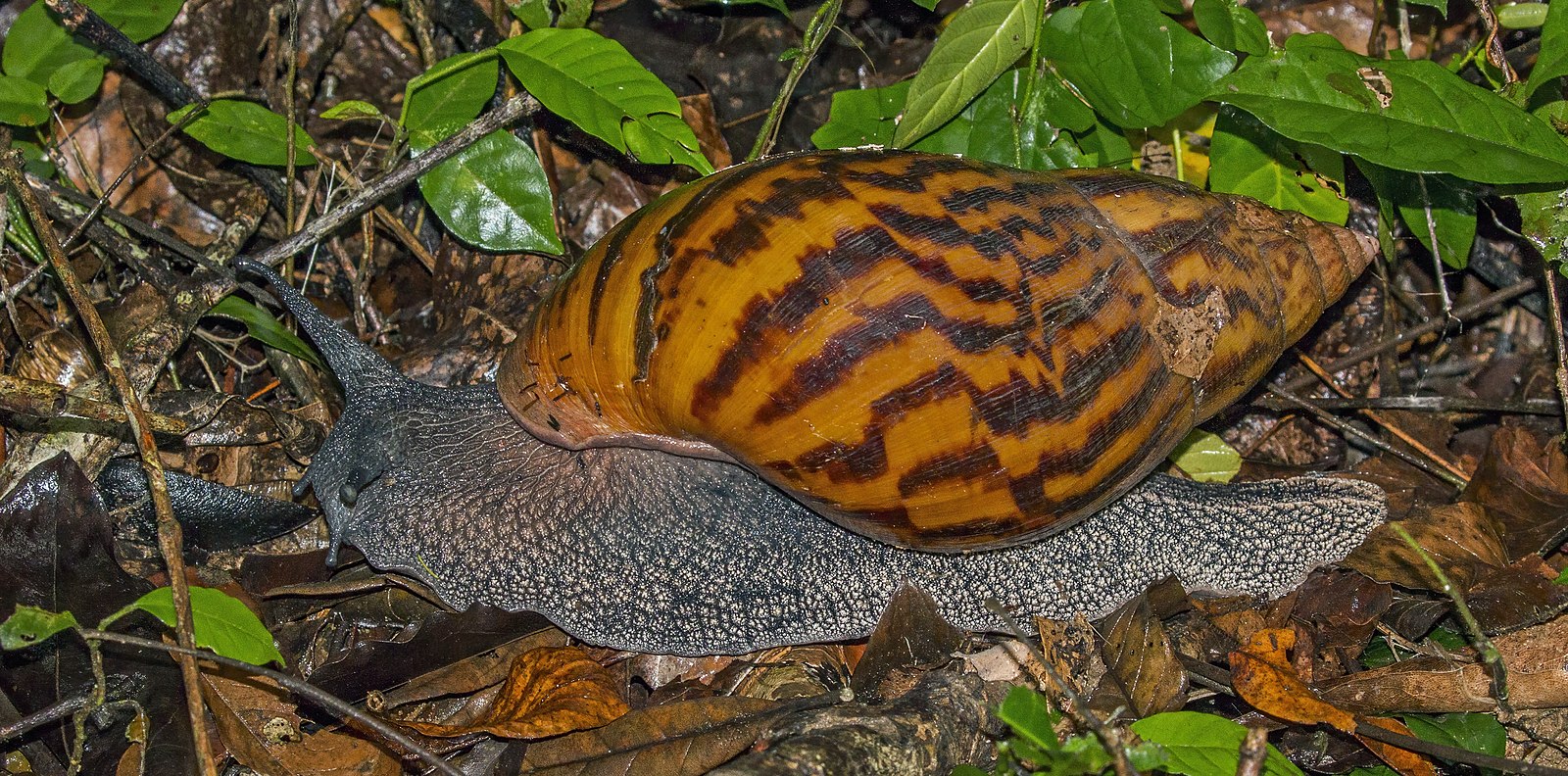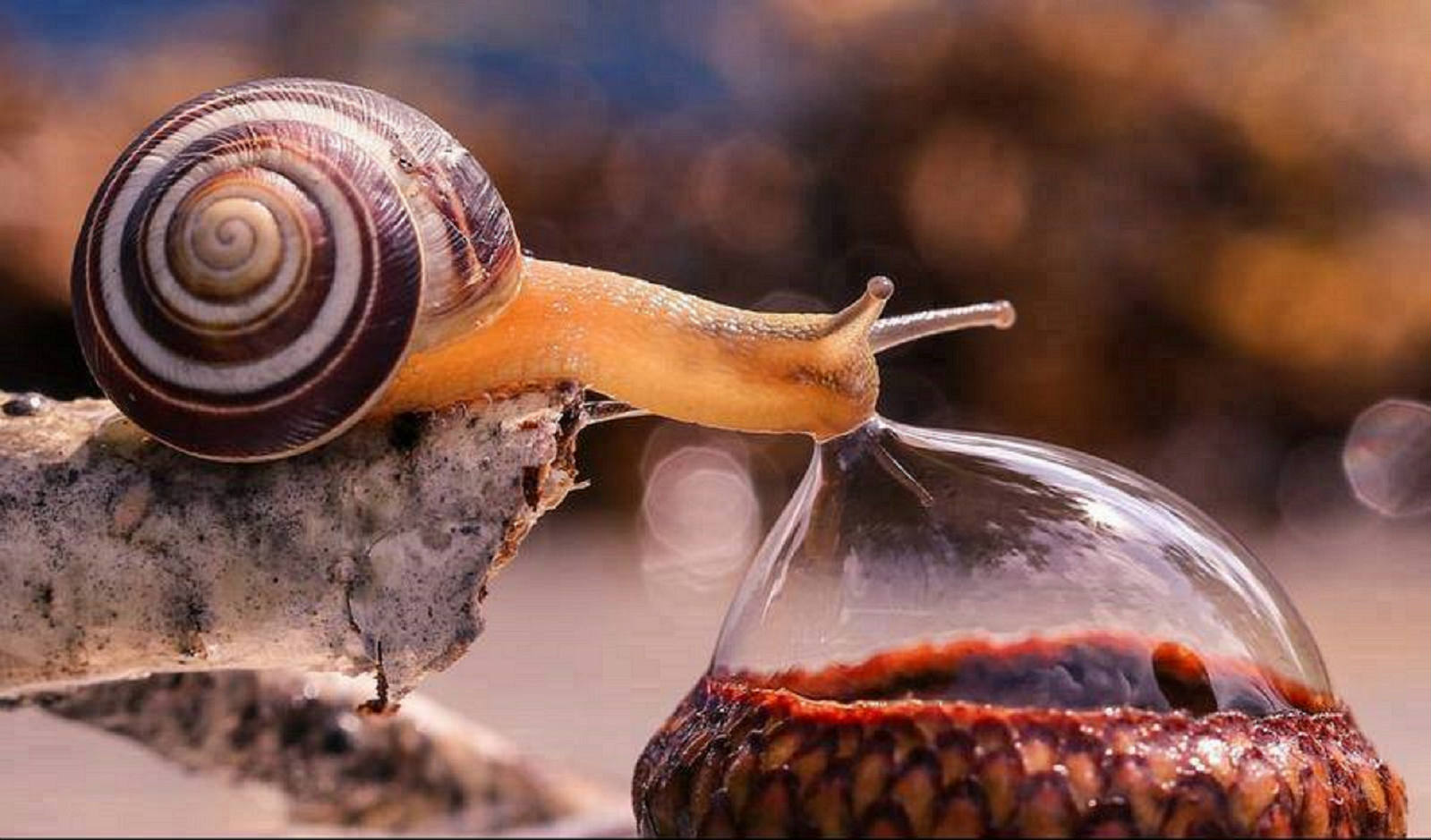Have you ever spotted a cluster of tiny pink eggs clinging to plants or structures near a pond or lake? While they might seem like a curious natural wonder, these “pink snail eggs” could be a sign of a significant ecological threat – invasive apple snails.
Invasive Snail Eggs: A Threat in Disguise
Invasive apple snails, also known as pink snail or golden apple snail, are large freshwater snails native to South America. They’ve been unintentionally introduced to waterways around the world through the aquarium trade and pet releases. These seemingly harmless creatures can wreak havoc on aquatic ecosystems.
One of their most concerning features is their rapid reproduction. Apple snails lay large clutches of invasive snail eggs, often referred to as apple snail eggs or pink snail eggs. These tiny pink eggs, usually around 2-3 millimeters in diameter, are laid above the waterline on plants, rocks, or other structures. A single clutch can contain hundreds, even thousands, of eggs, significantly increasing the population in a short period.
Apple Snail Reproduction: Fast and Furious
The rapid reproduction cycle of these snails is a key factor in their invasive nature. Here’s a closer look:
- Hermaphroditic: Apple snails are hermaphroditic, meaning a single snail can produce both eggs and sperm. This allows them to reproduce readily without needing a mate.
- Frequent Laying: Apple snails can lay eggs every few weeks throughout the year, depending on environmental conditions.
- Large Clutches: As mentioned earlier, a single clutch can hold hundreds or even thousands of eggs.
This combination of factors allows apple snail populations to explode quickly, disrupting the delicate balance of aquatic ecosystems.
The Impact of Invasive Snails

The presence of invasive snails can have a number of negative consequences:
- Competition for Resources: Apple snails are voracious herbivores, consuming a wide variety of aquatic plants. This can disrupt the food chain and harm native plant populations.
- Habitat Alteration: By consuming large amounts of vegetation, apple snails can alter the structure and function of aquatic habitats.
- Disease Carriers: Apple snails can carry a variety of parasites and diseases that can harm native fish and other aquatic animals.
In some cases, apple snail eggs can also be toxic to humans. While not directly harmful upon contact, if ingested, the eggs can harbour parasites that can cause illness.
Identifying Invasive Snail Eggs
So, how can you tell if those pink eggs you spotted are from an invasive apple snail? Here are some key characteristics:
- Color: Invasive snail eggs are typically a bright pink or reddish color. However, the color can fade slightly as the eggs mature.
- Size: They are small, usually around 2-3 millimeters in diameter.
- Location: The eggs are laid in clusters above the waterline on plants, rocks, or other structures.
If you’re unsure about the type of eggs you’ve seen, it’s best to err on the side of caution and report them to your local wildlife agency.
Taking Action Against Invasive Snails
There are a number of things you can do to help control the spread of invasive snails:
- Be a Responsible Pet Owner: Never release unwanted aquarium pets into the wild. This includes apple snails and other potentially invasive species.
- Inspect Plants and Equipment: Before introducing new plants or equipment to your pond or aquarium, carefully inspect them for the presence of invasive snail eggs.
- Report Sightings: If you see apple snails or their eggs in the wild, report them to your local wildlife agency. This will help them track the spread of the population and take appropriate action.
- Be a Water Wise Citizen: Limit the transfer of water between bodies of water, as this can unintentionally transport invasive species.
The Bigger Picture: Protecting Our Waterways

The fight against invasive species is an ongoing challenge. By understanding the threat posed by invasive snails and taking action to control their spread, we can help protect the health of our waterways and the many species that call them home.
On a completely unrelated note…
(While we’re on the topic of protecting your environment, here’s a quick tip!)
What Size Air Conditioner Do I Need?
While this blog post focused on invasive snails, let’s take a moment to address another common question – “What size air conditioner do I need?” Choosing the right size air conditioner is crucial for efficient cooling and energy savings. Several factors come into play, such as the size of your home, insulation level, and climate. Consulting with an HVAC professional is the best way to determine the optimal size for your specific needs.

